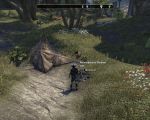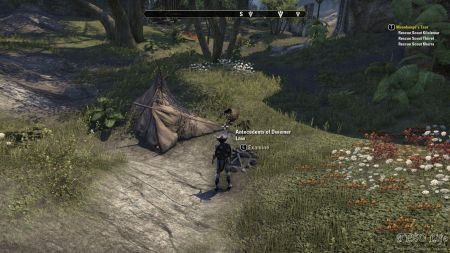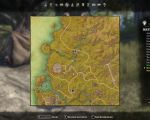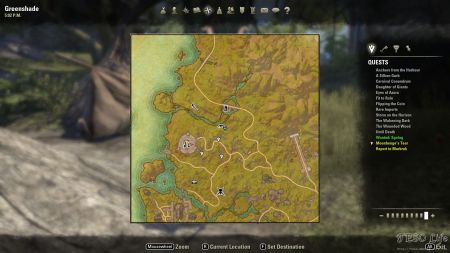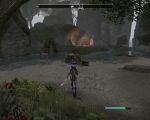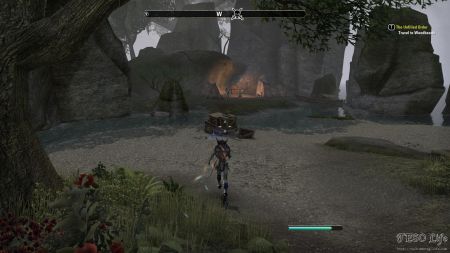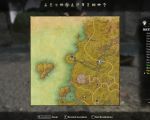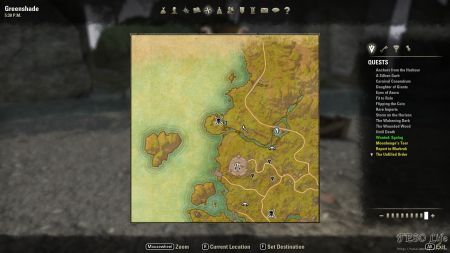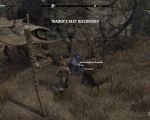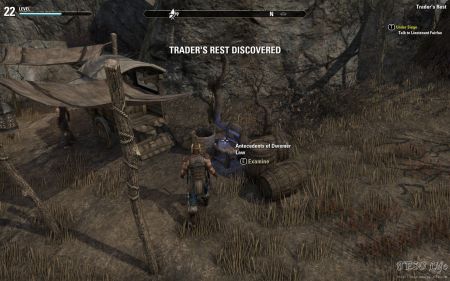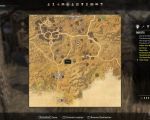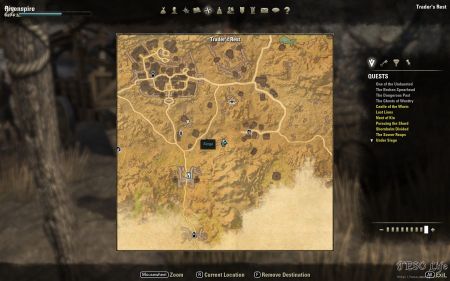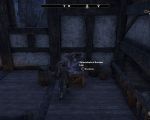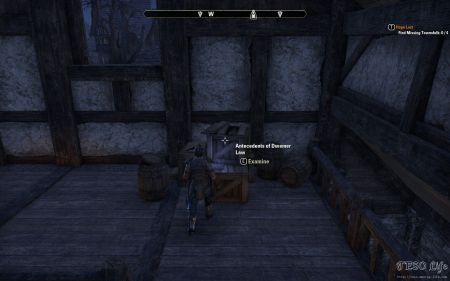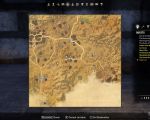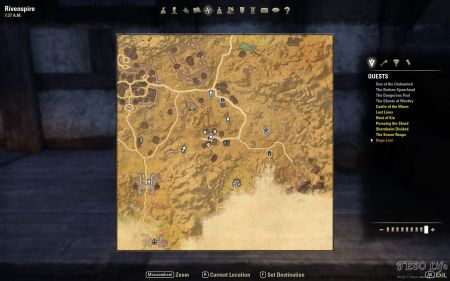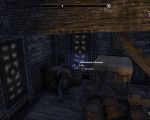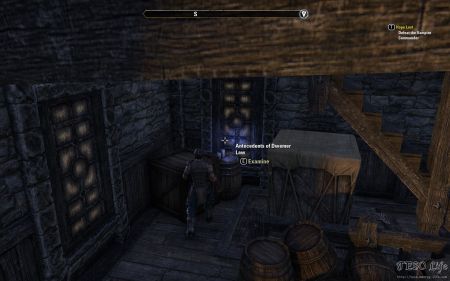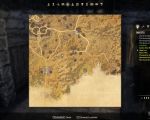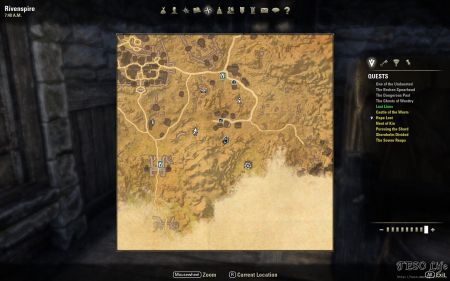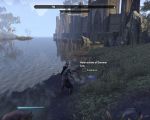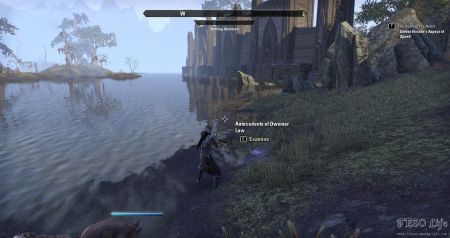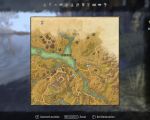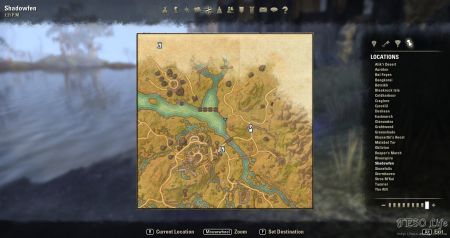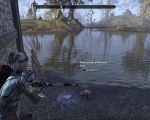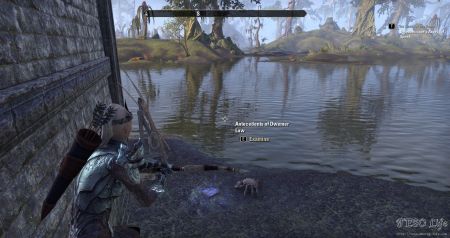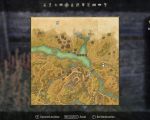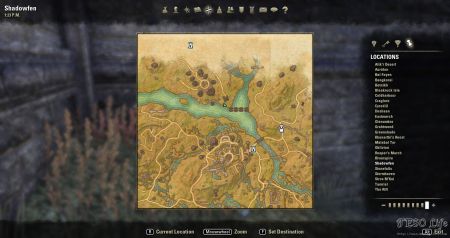| Collection: | Dwemer |
| Location(s): | Greenshade, Rivenspire, Shadowfen |
| Greenshade | |
| Location Notes: | This lorebook is located in vicinity of Barrow Trench (public dungeon POI), northwestern Greenshade. |
| Image walkthrough: | Loc.1 – Next to a ruined tent, extinguished campfire, just south of Twin Falls Rest (area of interest POI). |
| Map: | 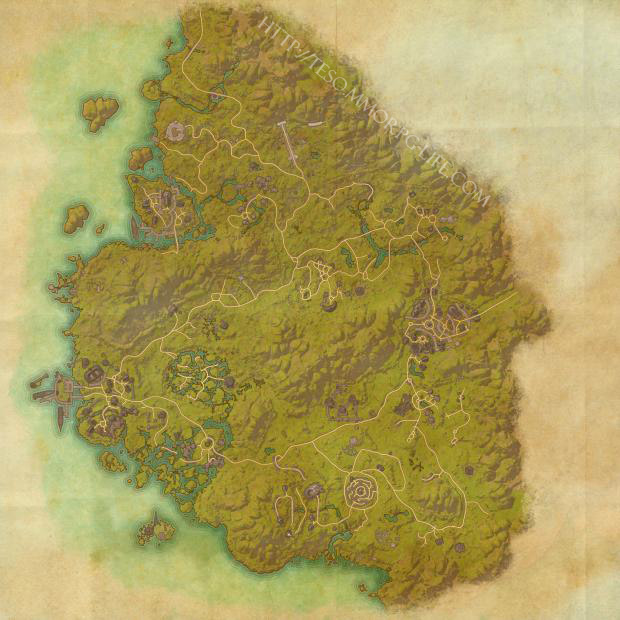 |
| Rivenspire | |
| Location Notes: | Found around Moira’s Hope POI and Trader’s Rest crafting station POI |
| Image walkthrough: | |
| Map: | 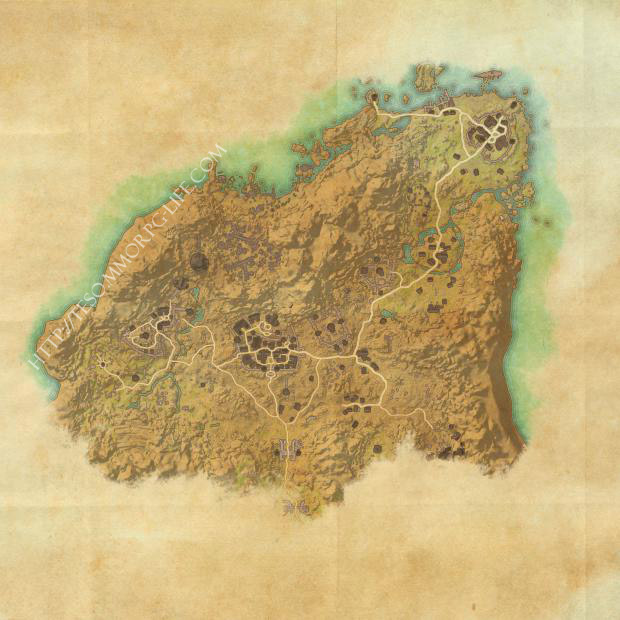 |
| Shadowfen | |
| Image walkthrough: | |
| Map: | 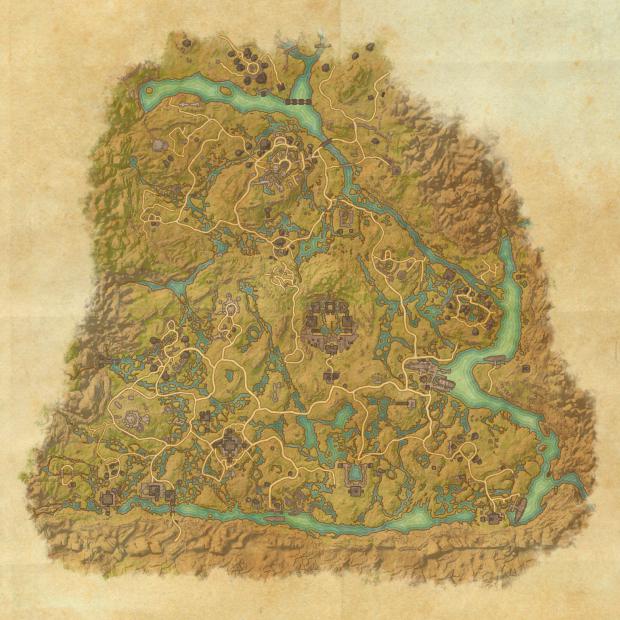 |
Lorebook text
In short, so far as I am able to trace the order of development in the customs of the Bosmeri tribes, I believe it to have been in all ways comparable to the growth of Altmeri law. The earlier liability for slaves and animals was mainly confined to surrender. As in the Sumerset Isles, this later became compensation.
What does this matter for a study of our laws today? So far as concerns the influence of the Altmeri law upon our own, especially the Altmeri law of master and servant, the evidence of this is to be found in every judgment which has been recorded for the last five hundred years. It has been stated already that we still repeat the reasoning of the Altmeri magistrates, empty as it is, to the present day. I will quickly show how Altmeri custom can be followed into the courts of the Dwemer.
In the laws of Karndar Watch (P.D. 1180) it is said, "If one who is owned by another slays one who owns himself, the first owner must pay the associates of the slain three fine instruments and the body of the one who his owned." There are many other similar citations. The same principle is extended even to the case of a centurion by which a man is killed. "If at the common workbench, one is slain by an Animunculi, the associates of the slain may disassemble the Animunculi and take its parts within thirty days."
Consider what Dhark has mentioned concerning the rude beasts of the Tenmar forests. "If a marsh cat was killed by an Argonian, his family were in disgrace till they retaliated by killing the Argonian or another like it. Furthermore, if a marsh cat was killed by a fall from a tree, his relatives would take their revenge by toppling the tree, shattering its branches, and casting them to every part of the forest."

